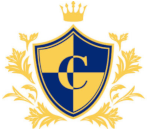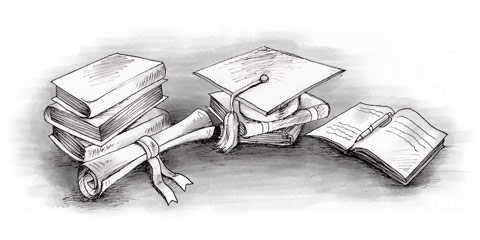In 2008, the National Population Census put the adult literacy rate at 77.6% for people who are 15 years and older (85.1% of males to 70.9% of females) and there is a significant difference between the urban and rural populations (90.4% to 74%).
Primary education
Children tend to start school at the age of 6 or 7 and primary school takes around 6 years, although many children repeat grades. Attendance in rural areas is lower due to the fact that the children have to work in order to help their family. Sources on the internet say that 85% of the 96% of children who are enrolled in primary education enjoy it.
Secondary education
After primary school, many children do not go to secondary education. According to Unicef, 45% of children attend classes. The secondary school is divided into two parts.
- Lower secondary education. This will take 3 years and is for children between 12 and 14.
- Upper secondary education. This will take 3 years as well and is for children between the 15 and 17.
Vocational education
Few people enjoy vocational education in Cambodia. This is due to the fact that poverty is standing in the way of education and only students with the highest scores are currently allowed in these schools. The government is trying to set up new programmes to close this gap.
Tertiary education
According to Unesco, 14% of the population (17 years and older) is enrolled in tertiary education.
There are many private and public universities in Cambodia, offering a range of courses. The majority are located in the capital, Phnom Penh. For a full list of Cambodian universities follow the link.
There are also specialised universities offering medicine, law, economics and business courses.


